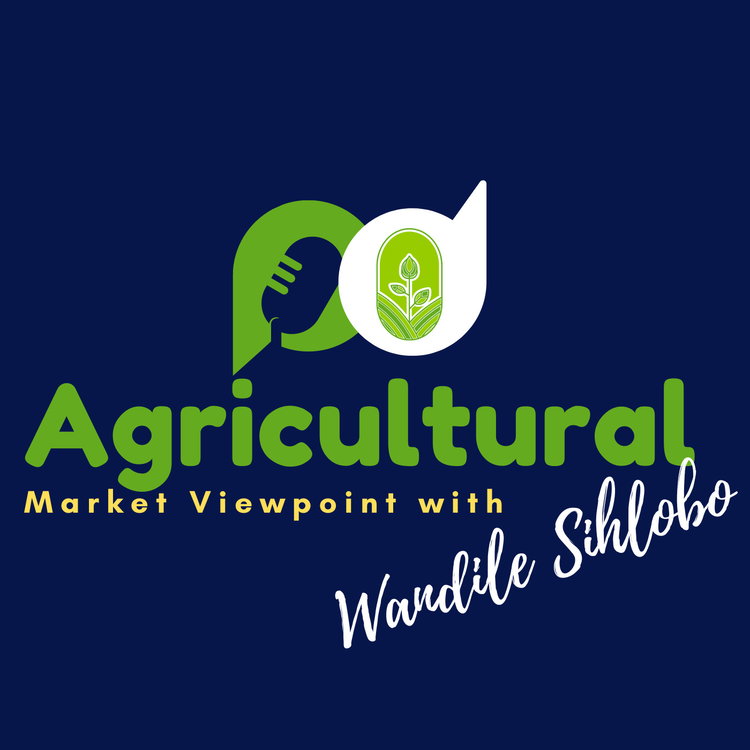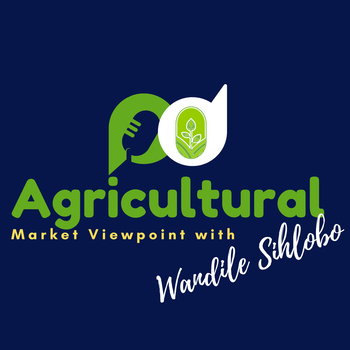
There are ample grain supplies in the global market
Loading player...
A lot has happened in the agricultural markets over the past few weeks. First, Russia decided not to renew the Black Sea Grain Deal, which is essential to facilitating exports out of Ukraine and has contributed to a decline in global grain prices. Second, India has banned the exports of non-basmati white and broken rice on fears of inflation. Both these events have been quite disruptive to the grain trade. But a few days before these announcements, I wrote a piece mainly distilling the 2023/24 global grain production forecasts, which I felt were solid and still do.
I feel the need to post the article here as its core message is that there are a lot of grains and oilseeds in the world. So, we see the price reaction mainly because of the events I mentioned above, not the tight supplies.
So, on July 12, 2023, the United States Department of Agriculture (USDA) released its monthly flagship report, the World Agricultural Supply and Demand Estimates report. The report's focus has shifted from the 2022/23 season to the 2023/24 season, currently underway in the northern hemisphere and starting around October in the southern hemisphere.
The past few weeks, particularly in the US, brought drier weather conditions, leading to fears of a potential downward revision in the crop forecasts. But the latest estimates still present a positive picture of the 2023/24 global agricultural prospects.
For example, the 2023/24 global wheat production is forecast at 797 million tonnes, up 1% from the previous season. The larger harvest is anticipated in the EU region, the US, Canada, China, India, and Turkey. As a result of the expected large harvest, the 2023/24 season's global wheat stocks could increase by 1% year-on-year to 270 million tonnes.
Moreover, the USDA forecasts 2023/24 global maize production at 1,2 billion tonnes, up 6% from the previous season. The countries underpinning this improvement in production are the US, Brazil, Argentina, China and the EU region.
Regarding South America, the El Niño weather event will present much-needed change of a prolonged four years of below-average rain during a La Niña event. (the El Niño event has the opposite effect in Southern Africa, it brings below normal rainfall, while La Niña of the past four seasons presented above normal rainfall and supported agriculture in the region). The ending stocks could also increase by 6% to 314 million tonnes in the 2023/24 season because of the expected robust harvest.
Another important staple crop is rice, whose 2023/24 global harvest is estimated at 521 million tonnes (slightly below the 524 million tonnes estimate by the International Grains Council). This is up by 2% from the previous season. Vietnam, Thailand, the US, Pakistan, China, Indonesia, Bangladesh, the Philippines, and Brazil are the key drivers of this increase in the global rice harvest. Because of the solid consumption, the global stocks could remain roughly unchanged from the previous season at around 170 million tonnes.
Moreover, the 2023/24 global soybean crop is estimated at 405 million tonnes, up 10% from the previous season. The significant recovery in South America's soybean harvest after a few years of drought and an expected large harvest in the US, Brazil, Argentina, China, Russia, Ukraine and Uruguay are the maize drivers of the expected large global soybean crop. Importantly, the 2023/24 global soybean stocks could increase by 18% from the previous season to 121 million tonnes.
While we are still early in the season, and a lot could change depending on the weather conditions over the coming weeks and crop development in the southern hemisphere when the season starts, the current prospects are positive. If this optimistic crop production materializes, we could see a recovery in the global grains and oilseeds stocks, adding downward pressure on the prices.
We discuss more in this week's podcast segment. My writing on agricultural economic matters is available on my blog: https://
I feel the need to post the article here as its core message is that there are a lot of grains and oilseeds in the world. So, we see the price reaction mainly because of the events I mentioned above, not the tight supplies.
So, on July 12, 2023, the United States Department of Agriculture (USDA) released its monthly flagship report, the World Agricultural Supply and Demand Estimates report. The report's focus has shifted from the 2022/23 season to the 2023/24 season, currently underway in the northern hemisphere and starting around October in the southern hemisphere.
The past few weeks, particularly in the US, brought drier weather conditions, leading to fears of a potential downward revision in the crop forecasts. But the latest estimates still present a positive picture of the 2023/24 global agricultural prospects.
For example, the 2023/24 global wheat production is forecast at 797 million tonnes, up 1% from the previous season. The larger harvest is anticipated in the EU region, the US, Canada, China, India, and Turkey. As a result of the expected large harvest, the 2023/24 season's global wheat stocks could increase by 1% year-on-year to 270 million tonnes.
Moreover, the USDA forecasts 2023/24 global maize production at 1,2 billion tonnes, up 6% from the previous season. The countries underpinning this improvement in production are the US, Brazil, Argentina, China and the EU region.
Regarding South America, the El Niño weather event will present much-needed change of a prolonged four years of below-average rain during a La Niña event. (the El Niño event has the opposite effect in Southern Africa, it brings below normal rainfall, while La Niña of the past four seasons presented above normal rainfall and supported agriculture in the region). The ending stocks could also increase by 6% to 314 million tonnes in the 2023/24 season because of the expected robust harvest.
Another important staple crop is rice, whose 2023/24 global harvest is estimated at 521 million tonnes (slightly below the 524 million tonnes estimate by the International Grains Council). This is up by 2% from the previous season. Vietnam, Thailand, the US, Pakistan, China, Indonesia, Bangladesh, the Philippines, and Brazil are the key drivers of this increase in the global rice harvest. Because of the solid consumption, the global stocks could remain roughly unchanged from the previous season at around 170 million tonnes.
Moreover, the 2023/24 global soybean crop is estimated at 405 million tonnes, up 10% from the previous season. The significant recovery in South America's soybean harvest after a few years of drought and an expected large harvest in the US, Brazil, Argentina, China, Russia, Ukraine and Uruguay are the maize drivers of the expected large global soybean crop. Importantly, the 2023/24 global soybean stocks could increase by 18% from the previous season to 121 million tonnes.
While we are still early in the season, and a lot could change depending on the weather conditions over the coming weeks and crop development in the southern hemisphere when the season starts, the current prospects are positive. If this optimistic crop production materializes, we could see a recovery in the global grains and oilseeds stocks, adding downward pressure on the prices.
We discuss more in this week's podcast segment. My writing on agricultural economic matters is available on my blog: https://

